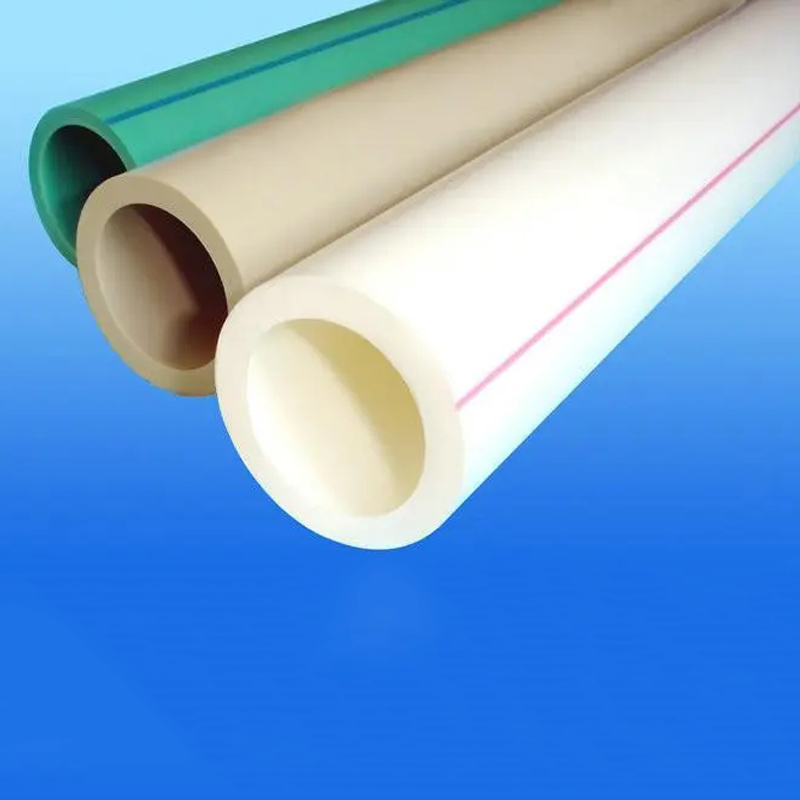Oct . 15, 2024 04:41 Back to list
hdpe pipe to pvc pipe connection service
Connecting HDPE Pipe to PVC Pipe A Comprehensive Guide
In modern plumbing and construction, connecting different types of piping systems is common. One such connection involves High-Density Polyethylene (HDPE) pipes and Polyvinyl Chloride (PVC) pipes. Each of these materials boasts unique properties that make them suitable for various applications. However, their contrasting characteristics can pose challenges during connections. This article delves into the methods, considerations, and benefits of effectively connecting HDPE to PVC pipes.
Understanding the Properties
HDPE is known for its flexibility, high resistance to impact, and durability against various chemicals, making it an ideal choice for underground piping and various industrial applications. PVC, on the other hand, is rigid, lightweight, and resistant to corrosion, commonly utilized in water supply and wastewater systems. When connecting these two types of pipes, it's essential to consider their differing physical and mechanical properties.
Methods for Connection
There are several methods to connect HDPE and PVC pipes, each catering to specific requirements
1. Mechanical Fittings This is one of the most straightforward methods of connecting HDPE and PVC. Mechanical couplings are available that can accommodate both pipe types, creating a secure and leak-proof seal. These fittings often use clamps or bolts to hold the pipes in place, providing a reliable connection without the need for specialized tools.
2. Adhesive Bonding While PVC pipes can be easily bonded using solvent cement, HDPE requires specific adhesive solutions due to its non-porous nature. Manufacturers produce adhesives designed for bonding HDPE to PVC, ensuring a robust connection. It's critical that surfaces are clean and properly prepared before applying adhesive for optimal results.
3. Flanged Connections Flanges can serve as a transitional element between HDPE and PVC. This method involves attaching flanges to both pipe ends and then bolting them together. Flanged connections offer the advantage of easy disassembly, making them suitable for applications where maintenance or modifications are anticipated.
hdpe pipe to pvc pipe connection service

4. Compression Fittings These fittings allow for a simple yet effective connection. By sliding the fitting onto the end of the HDPE pipe and tightening the compression mechanism, a secure seal can be achieved with the PVC pipe, accommodating the differences in diameters and material properties.
Important Considerations
When connecting HDPE and PVC pipes, several factors should be taken into account
- Temperature and Pressure Both materials have different tolerances to temperature changes and pressure levels. Ensure that any connection method used can withstand the specific operational conditions of your system.
- Soil and Environmental Conditions For underground applications, consider the soil chemistry and environmental conditions that may affect the longevity of the connection.
- Regulatory Compliance Always check local plumbing codes and regulations to ensure that the method chosen aligns with safety and performance standards.
Conclusion
Successfully connecting HDPE to PVC pipes requires an understanding of the unique properties of both materials and careful consideration of the connection methods available. By selecting the appropriate technique and addressing relevant factors, you can ensure a durable and efficient plumbing system that meets the demands of your project. Whether for industrial or residential applications, mastering these connections is crucial for modern infrastructure.
-
High-Quality PVC Borehole Pipes Durable & Versatile Pipe Solutions
NewsJul.08,2025
-
High-Quality PVC Perforated Pipes for Efficient Drainage Leading Manufacturers & Factories
NewsJul.08,2025
-
High-Quality PVC Borehole Pipes Durable Pipe Solutions by Leading Manufacturer
NewsJul.08,2025
-
High-Quality PVC Borehole Pipes Reliable PVC Pipe Manufacturer Solutions
NewsJul.07,2025
-
High-Quality UPVC Drain Pipes Durable HDPE & Drain Pipe Solutions
NewsJul.07,2025
-
High-Quality Conduit Pipes & HDPE Conduit Fittings Manufacturer Reliable Factory Supply
NewsJul.06,2025

